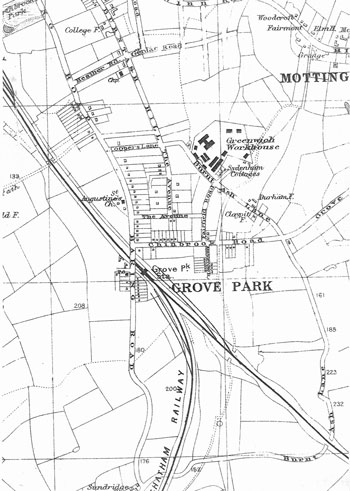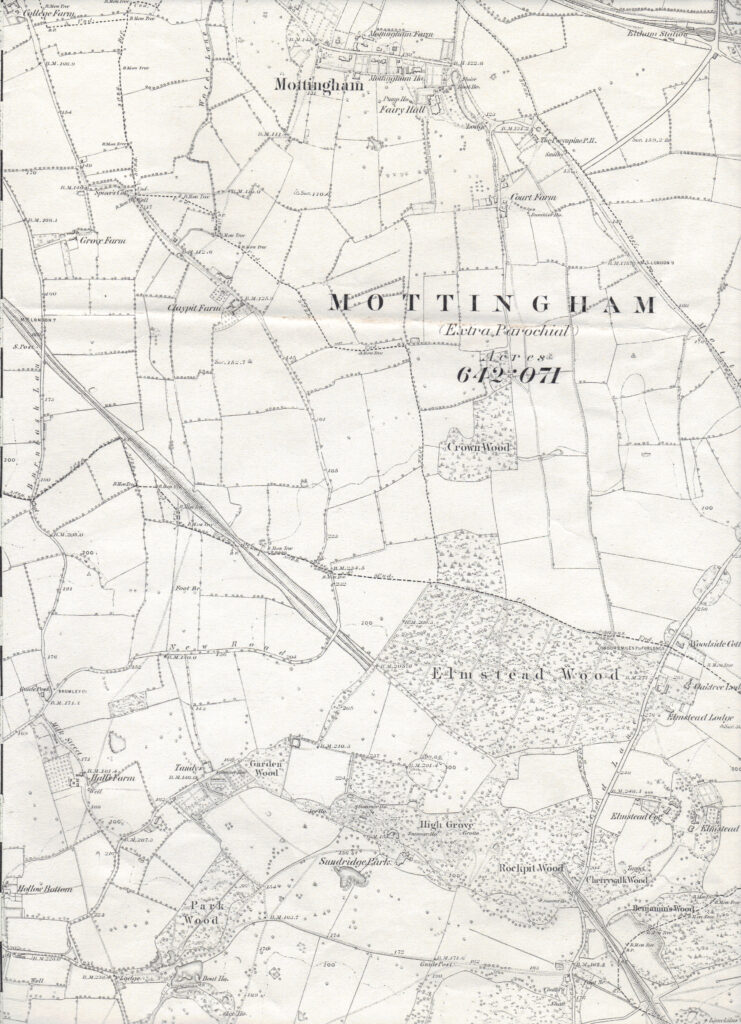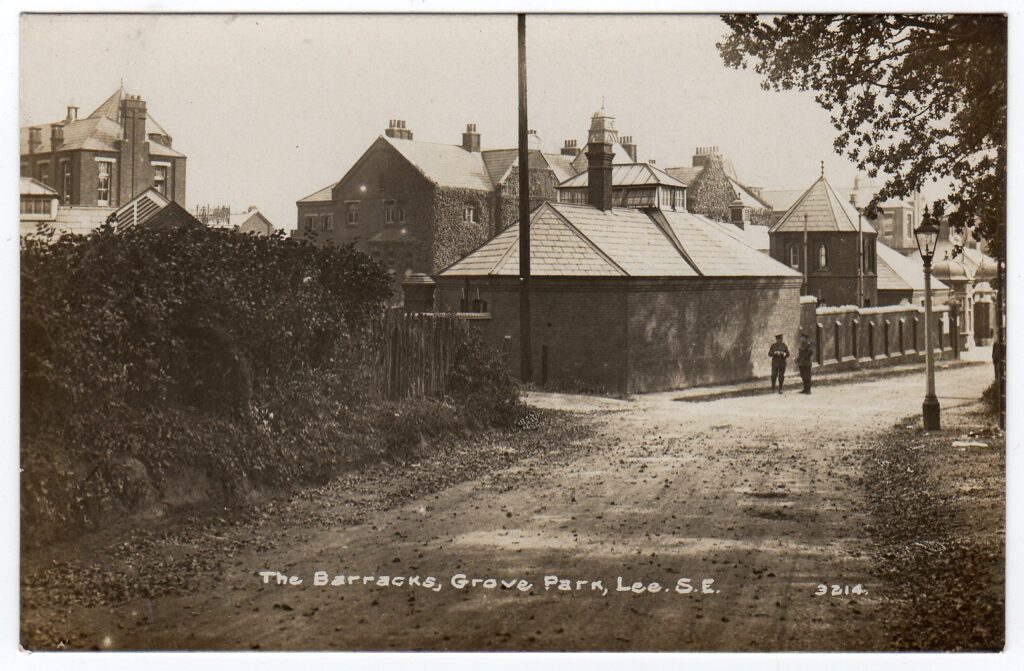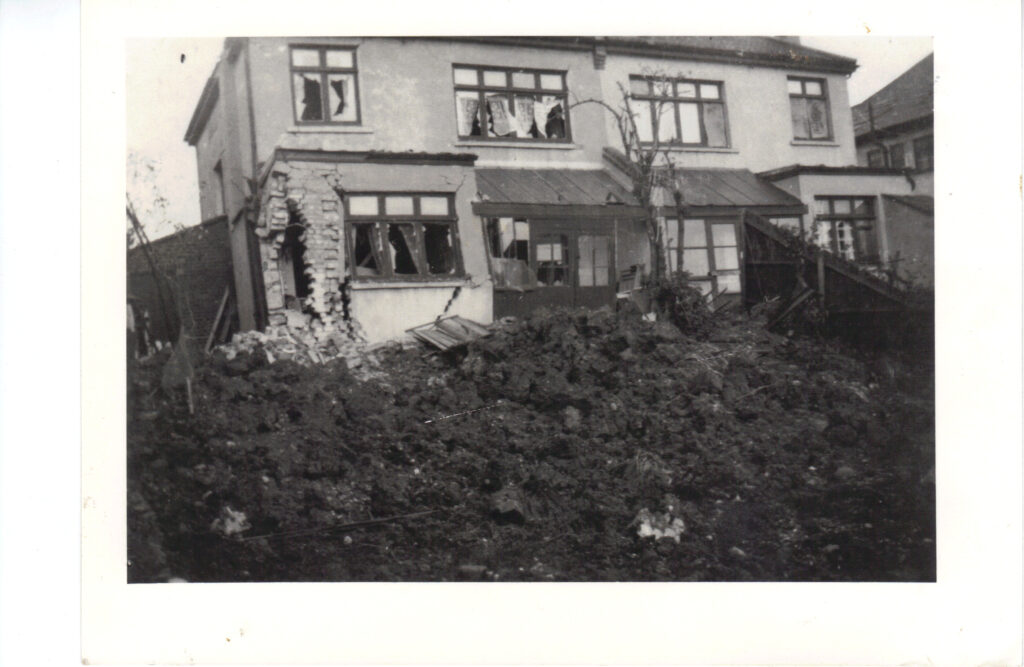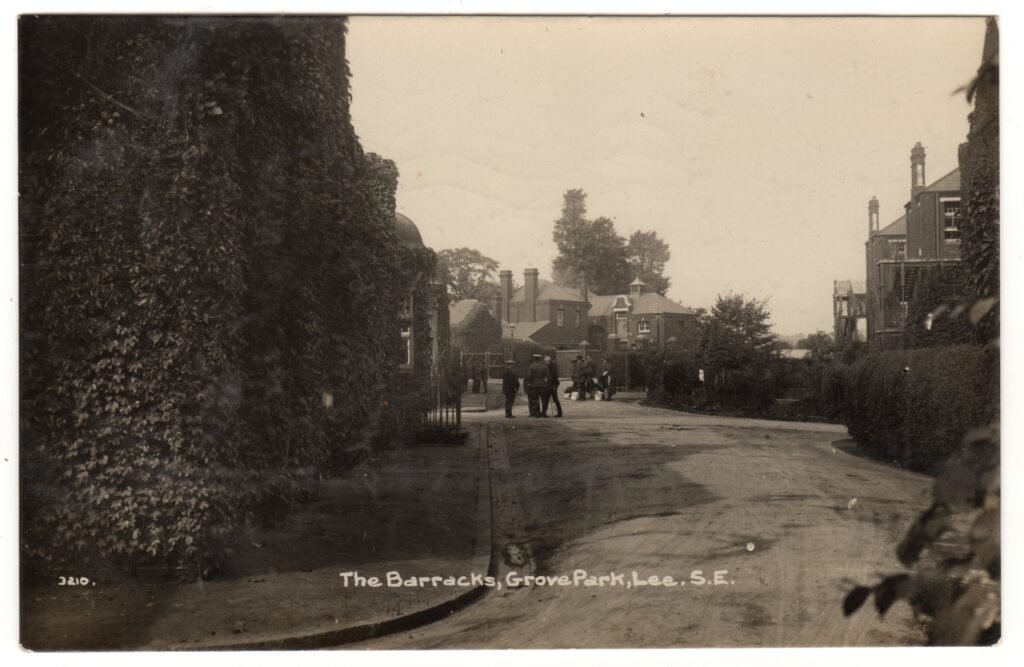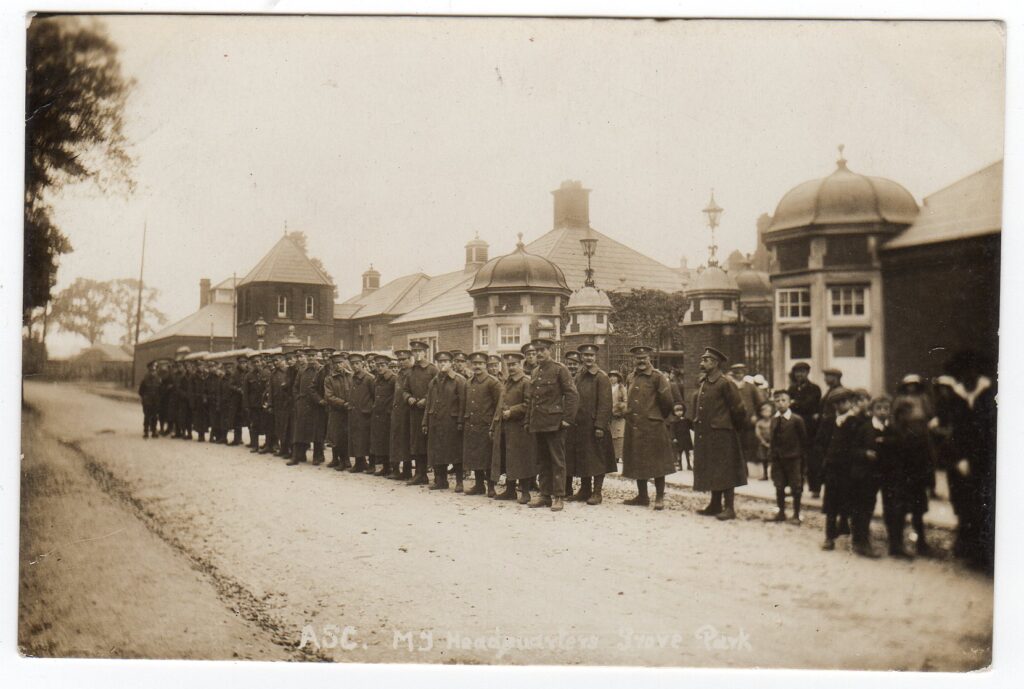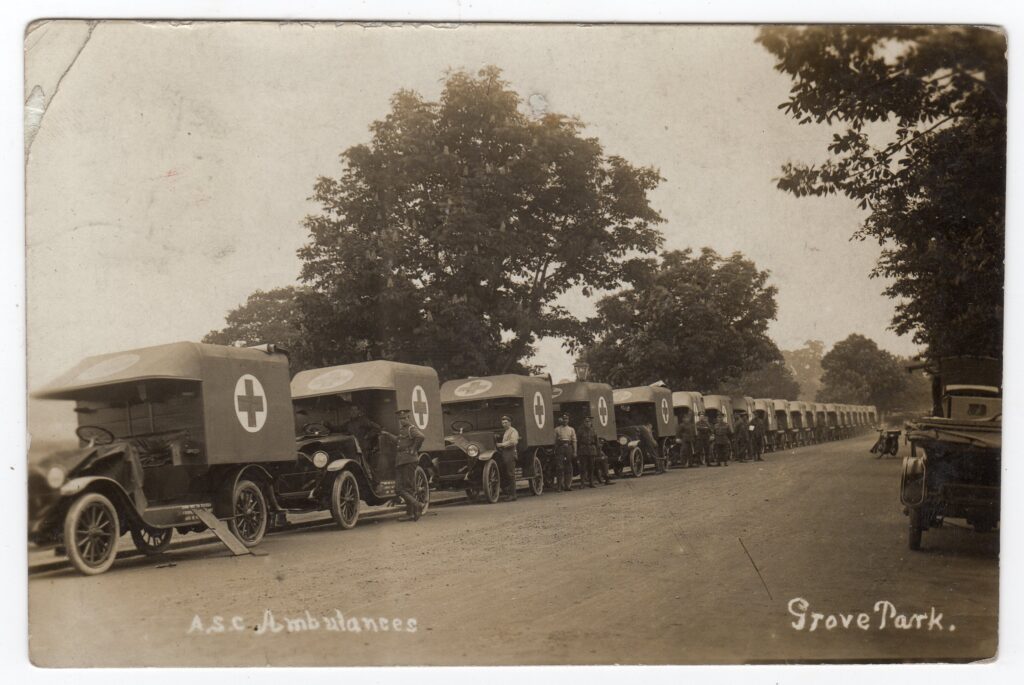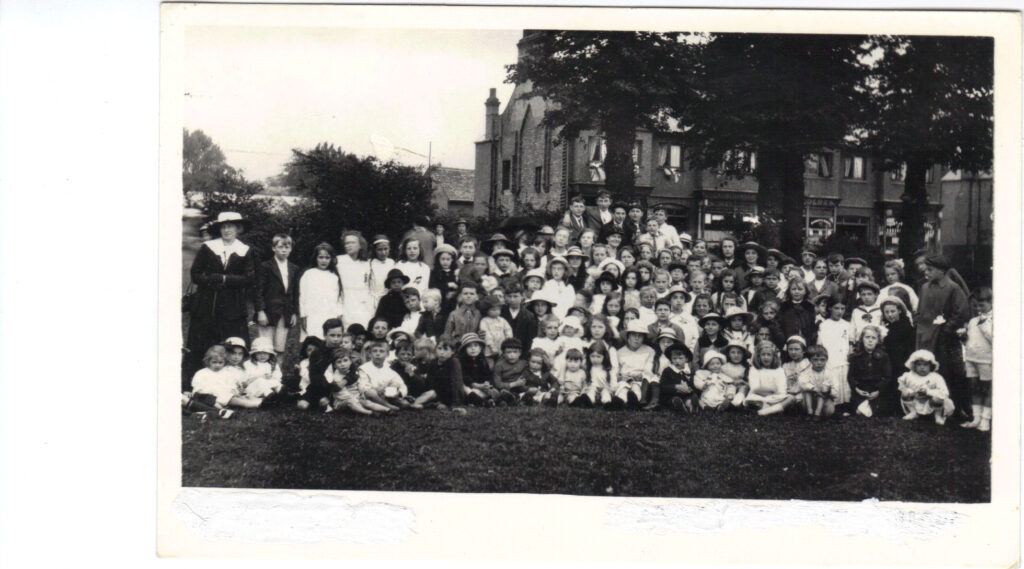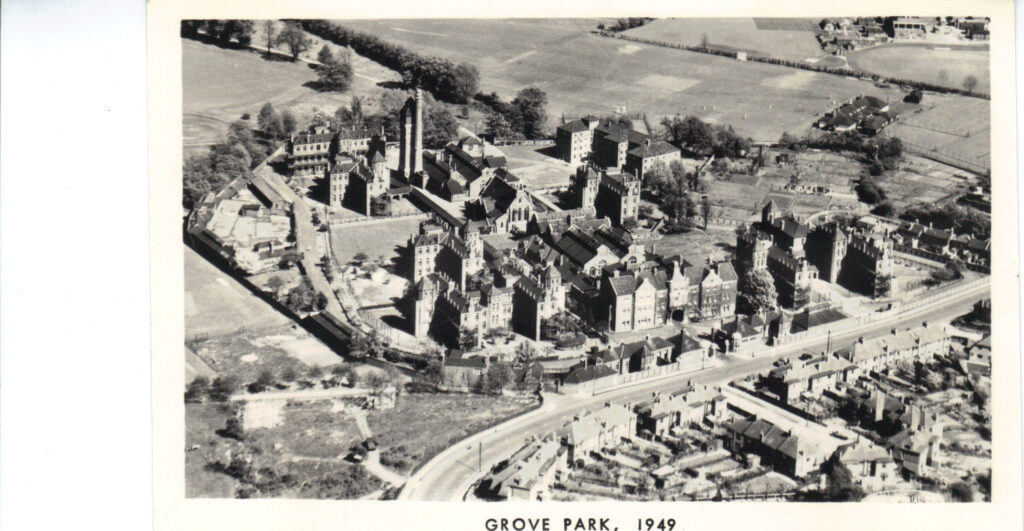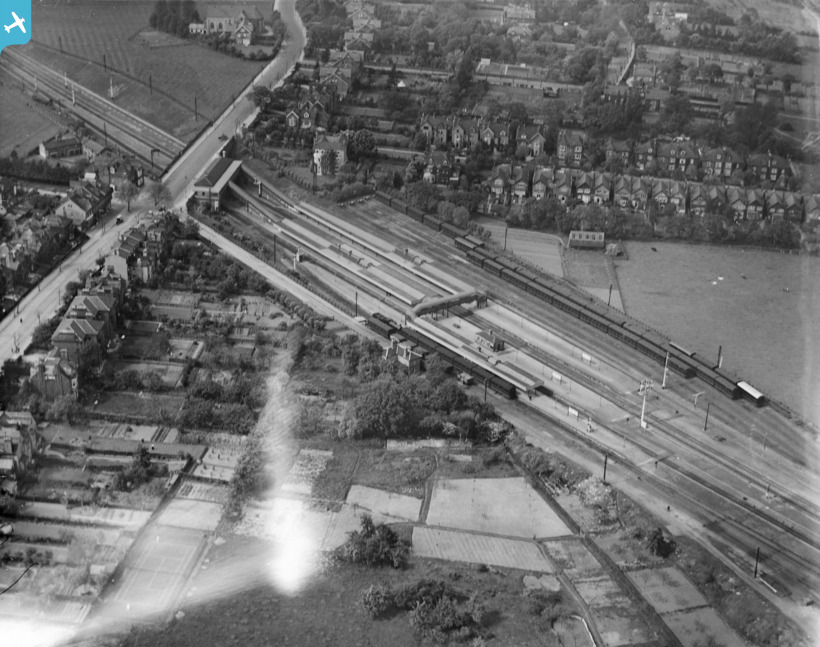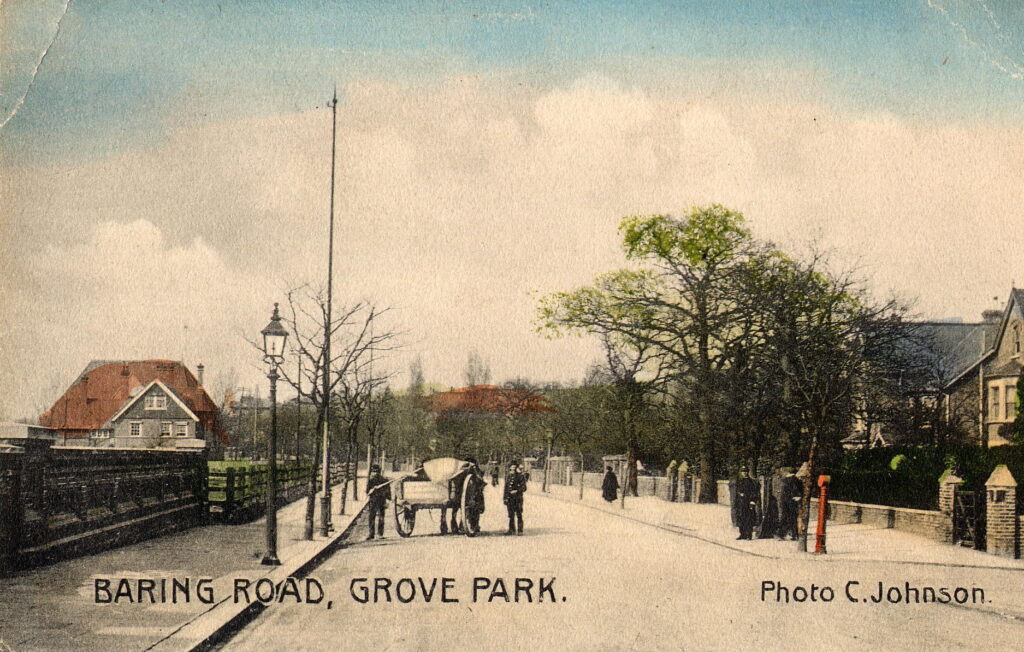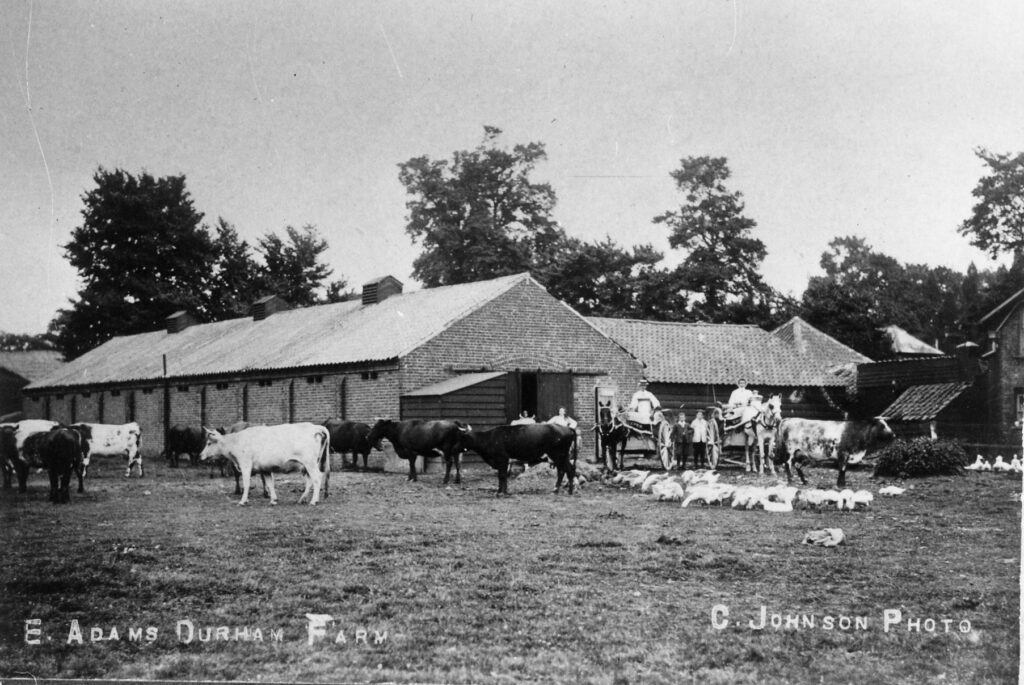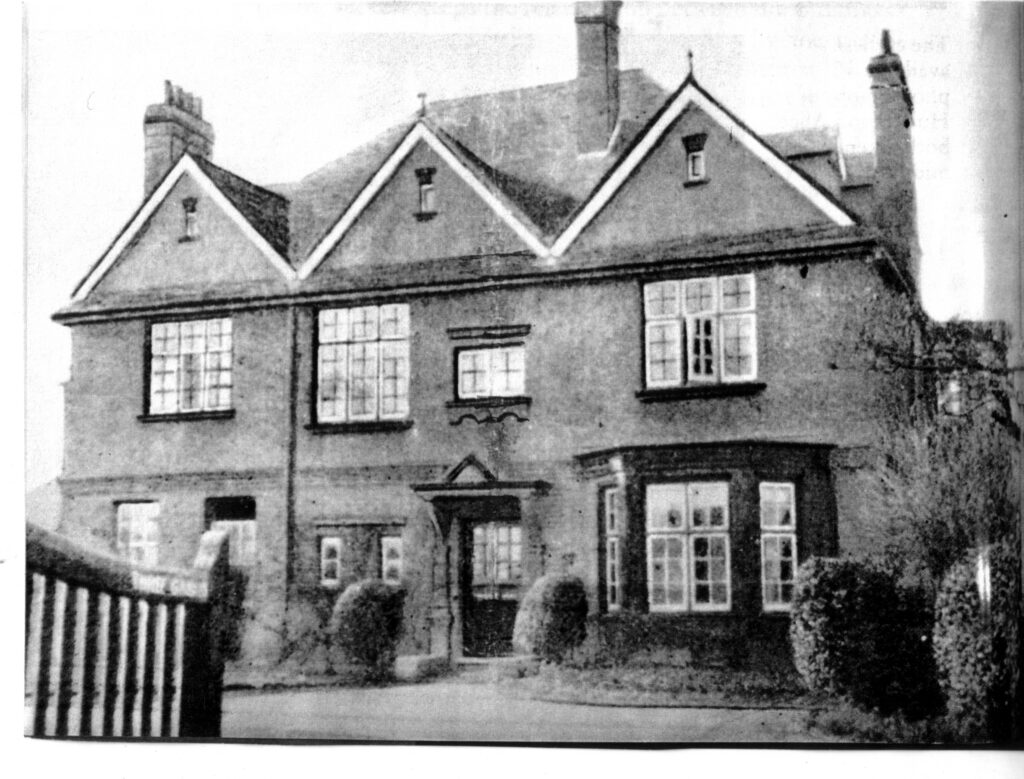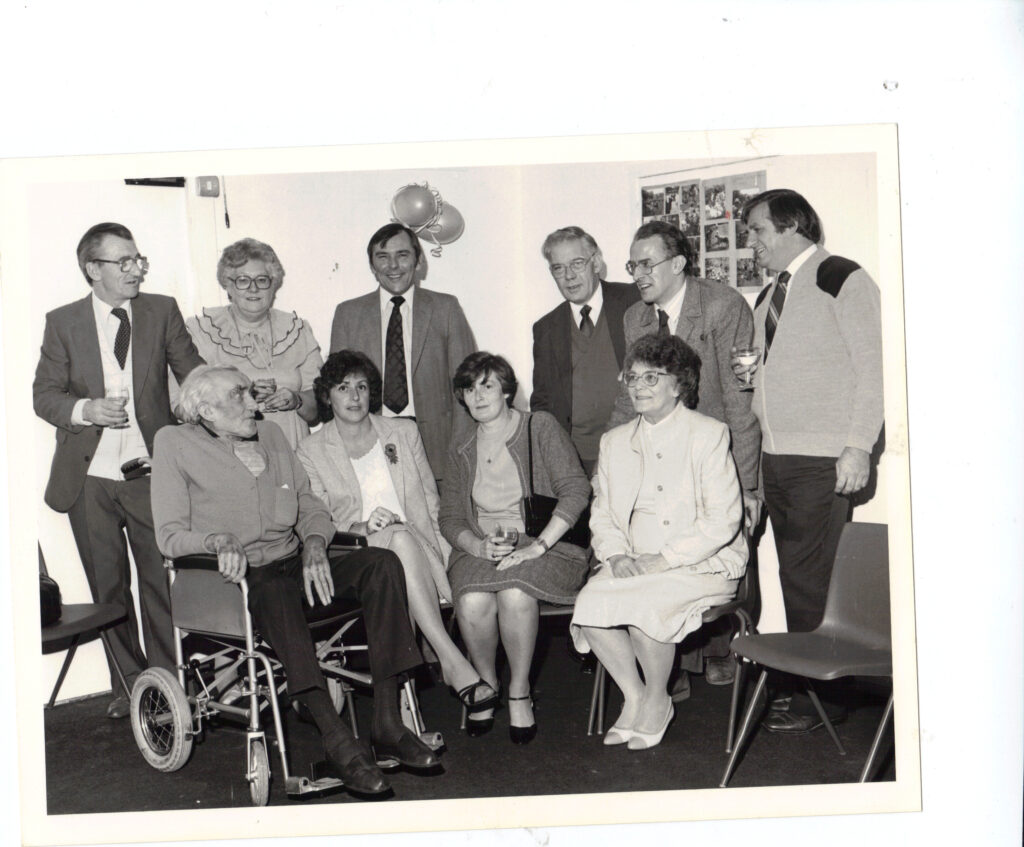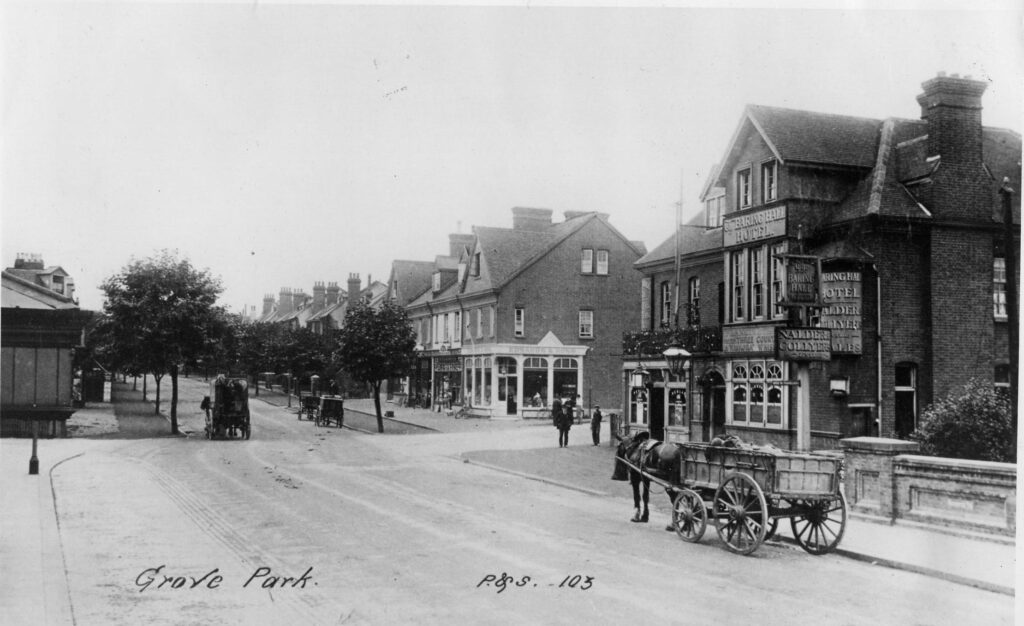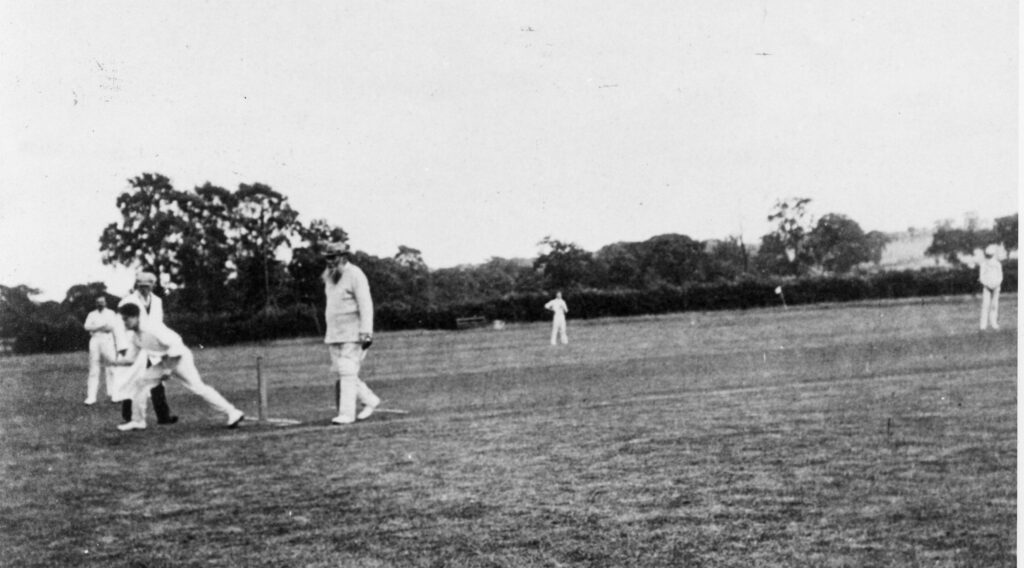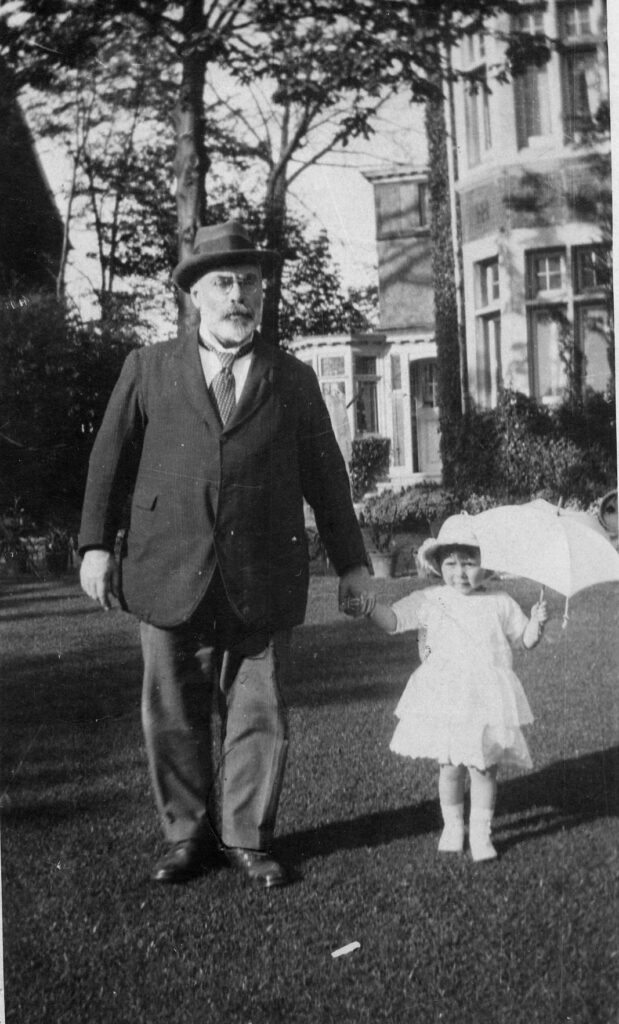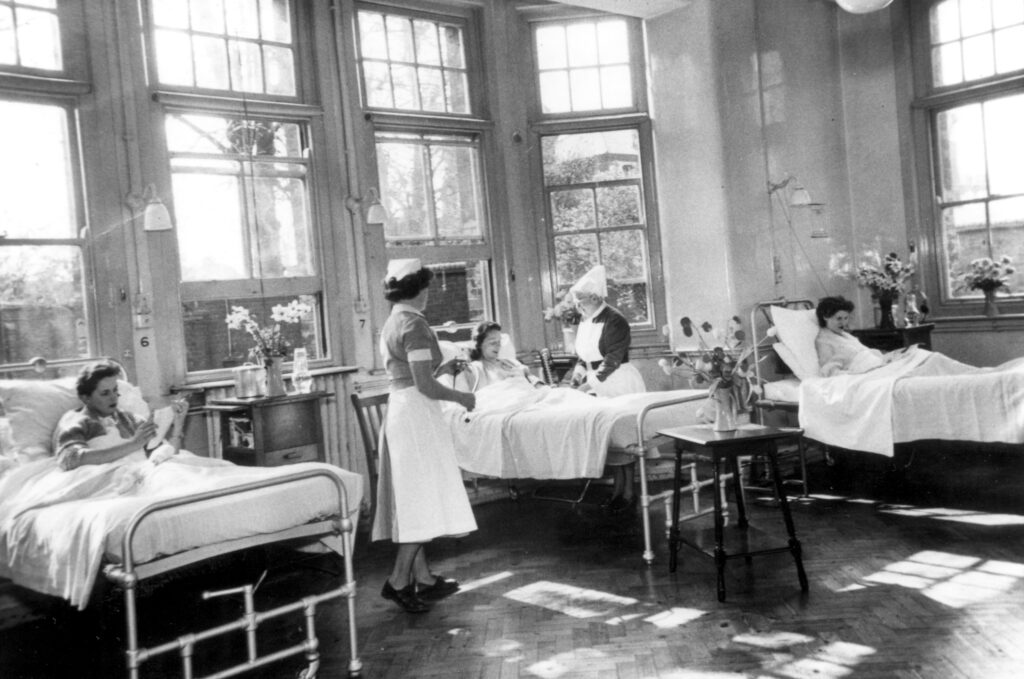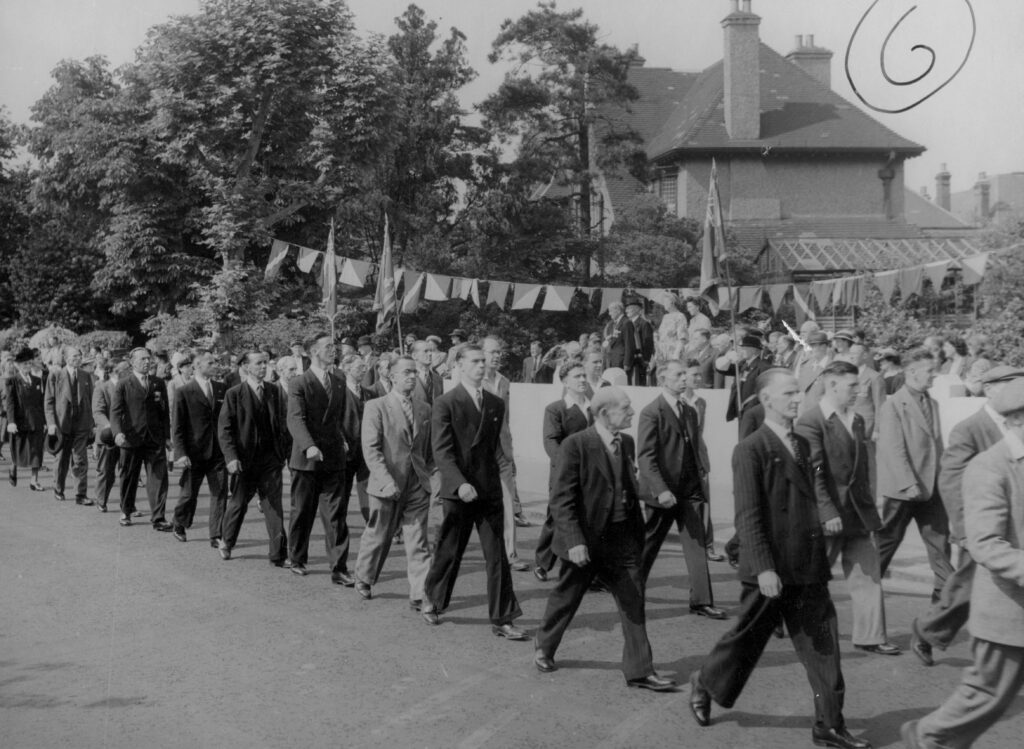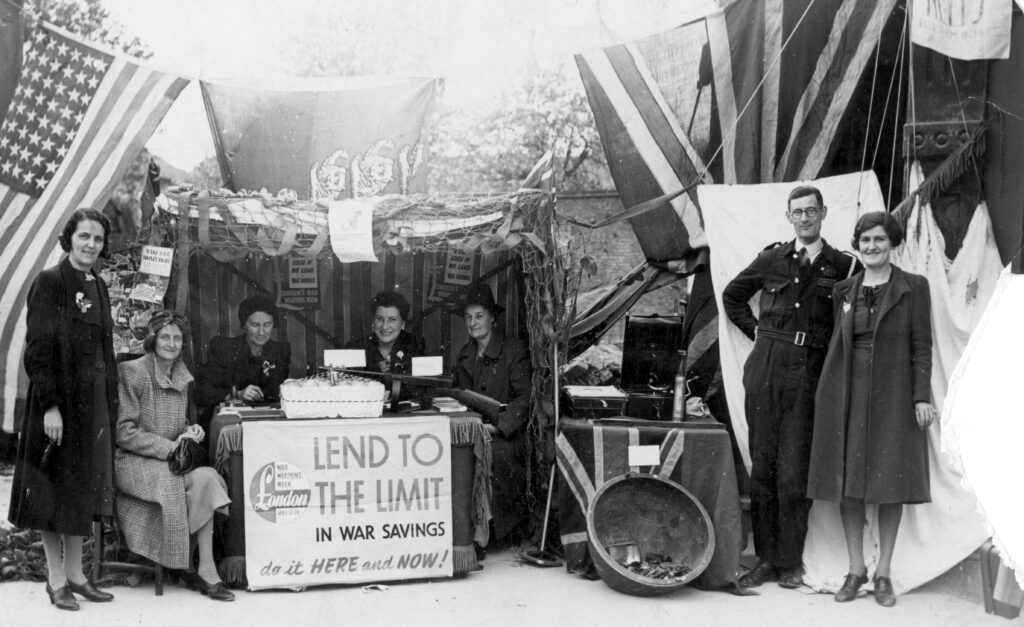by John King (Grove Park’s Local Historian & Chair of GPCG)
There must be quite a few residents in Grove Park who find it difficult to believe that the district has a history that is quite rich. In fact, Grove Park in the last 140 years has a very varied and interesting history. Until the 1870s, the land was very rural, most of it being farmland. The farms included Burnt Ash, Claypit, Durham and Grove which gave its name to the area. There were just a few residences. It was the opening of Grove Park station by the South Eastern Railway that was to change everything. The developer of the land was John Pound and he organised the building of a small number of villas. Grove Park began as a very select residential district. Its growth at first was slow and focused on Baring Road and Chinbrook Road. By 1885 over fifty of the new houses were occupied.
In 1883 a Methodist Church was opened in Burnt Ash Hill and this was followed by an Anglican Church, St. Augustine’s, in Baring Road in 1886. In 1894 the lady, Edith Nesbit, who was to achieve lasting fame as a writer of children’s novels and, in particular The Railway Children, came to Grove Park. With her family she lived in Three Gables in Baring Road for five years before moving to Well Hall. At the turn of the century, Grove Park was a popular middle-class residential area and still with a number of small farms. There was also a private school in Chinbrook Road where there was more building in the opening years of the new Century.
The tranquillity of the district appeared to be threatened when the foundation of a workhouse in Marvels Lane was laid in 1899. Its design was displayed at the great International Exhibition in Paris in 1900. Together with its grounds which reached Mottingham Lane, it covered a large area but it was not occupied until 1904. The institution which was for the paupers of Greenwich rather than Lewisham, did not however cause a problem and the local people helped the new residents in various ways. By this time there were over 100 houses in Grove Park. In the 1890s one big residence, Pellew House, in Somertrees Avenue, was home to a private navel school for officers. It is one of the few Victorian houses that still stands in Grove Park. But there was still a village atmosphere in the district with a lot of inter-marriage between the families in the big houses.
On 25th July 1914 the great cricketer, W G Grace who lived nearby in Mottingham Lane, played his penultimate match for Eltham against a Grove Park team on a pitch in Marvels Lane. With the outbreak of the Great War soon after, the 400 residents of the workhouse were expelled to other institutions when the building was taken over by the Army Service Corps as a mobilisation and training centre. Between 1914 and 1919 nearly 300,000 men and women passed through it. Some of the troops were at Grove Park for less than 24 hours while others were on 12-week training courses for the maintenance of various motor vehicles which ranged from staff cars to lorries and buses. Many of the officers were billeted in the big houses.
During the latter years of the war, Grove Park gave its name to an aerodrome. It was an Emergency Landing Ground for aeroplanes of the Royal Flying Corps and was on a site near what was later Mallory School. In 1919 the workhouse building was acquired by the Metropolitan Asylums Board for use as a Tuberculosis hospital for South London, but it was not occupied until 1926. In the same year, the railway service was electrified. With the need for more housing for the less affluent, Lewisham Council built an estate on the higher land of Grove Park, while the London County Council built a bigger estate – Downham – on the west side of the railway line. In 1928 the tram system was extended to Grove Park.
In the early 1920s there were two classic business success stories. One was the Amoa Chemical Company in Marvels Lane. Near the Quaggy, a small factory manufactured emulsifying liquids while in a big house in Baring Road the paste Gripfix was made. The London County Council built two schools – Marvels Lane in 1929 and Cooper Lane in 1936. The 1930s were marked by the end of much of the remaining farming, while there was considerable building of private houses. Some of the fields became the playing grounds of schools such as the City of London in Marvels Lane. In 1935 a cemetery was constructed at the high end of Marvels Lane for Deptford which was running out of space to bury its dead.
With re-armament in the late 1930s, a large territorial army building – Napier House – was built in Baring Road. During the 1939-45 war, there was some damage of housing by enemy action but there was not the military activity that the Great War had witnessed. There was little private building after the war, but the LCC built several prefabricated houses near the Lewisham estate, while Lewisham built some blocks of flats in Baring Rd and Sandstone Road. In 1960 a telephone exchange was built in Grove Park Road.
A great threat to Grove Park emerged in 1969 with the publication of proposals to put an urban motorway – the Ringway 2 – through Grove Park, although there had been plans to do this on a smaller scale in the late-1930s. There was a massive reaction to this and it proved to be the catalyst for the subsequent formation of the Grove Park Residents Association. The need for a broad-based community organisation which was encouraged by the vicar of St Augustine’s Church, saw the formation in 1972 of the Grove Park Community Group. With much hard work, an empty site in Baring Road was gradually developed into a Community Centre. During the early 1970s the man who was later to be elevated to the world stage as Archbishop Desmond Tutu, lived for a few years in Chinbrook Road.
